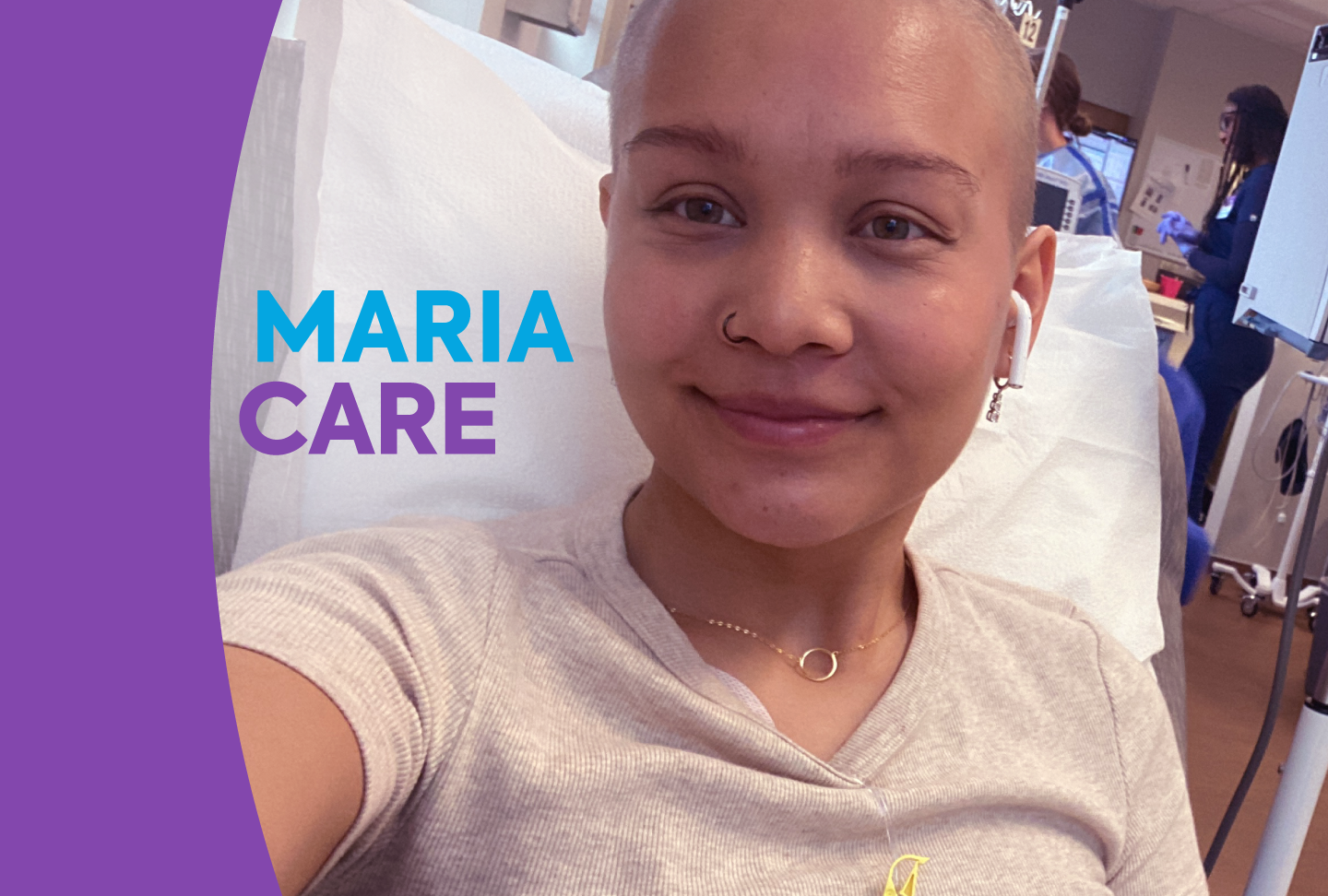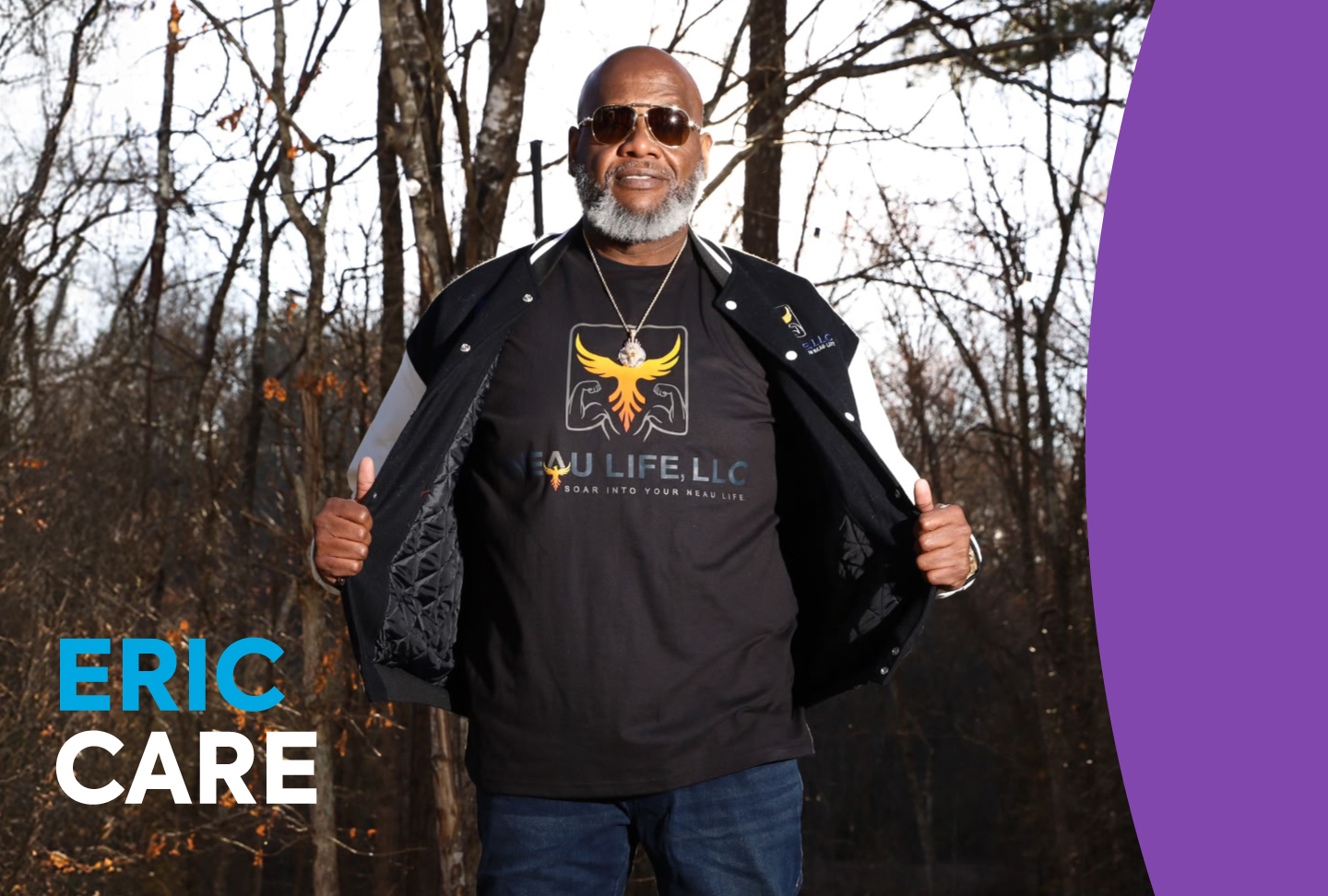Maria Fernanda Ortiz was a college junior, pursuing a degree in interior design. But at just 26 years old, her life took an unexpected turn. She discovered a lump in her breast, which led to a cancer diagnosis and expert, multidisciplinary care at Wellstar that would shape her professional aspirations in the future. Maria feels her hopeful attitude and compassionate care team at Wellstar helped her come through treatment with positive outcomes.
Feeling heard in healthcare
After Maria discovered a lump, she initially saw a doctor who went through the motions but didn’t seem to take her concerns seriously.
“He was so sure it was nothing because I am so young,” she remembered. “I didn’t think it was cancer, but I wanted someone who would get to the bottom of it.”
She then saw her OB/GYN who referred her to Dr. Laura Pearson, a Wellstar breast surgeon at Wellstar North Fulton Cancer Center, for a second opinion.
Maria got what she was looking for: a doctor who listened and would help her find answers.
“Maria is the perfect example of a patient advocating for themselves,” Dr. Pearson said. “She did exactly what she was supposed to do for someone her age who finds a lump. When it didn’t go away, she got it looked at. When she didn’t feel like she was being heard, she didn’t let it go.”
A surprising cancer diagnosis
Dr. Pearson immediately performed an ultrasound in the office, followed quickly by a biopsy, which came back positive for cancer.
"The diagnosis was scary," Maria said. “Dr. Pearson made it as simple as possible to understand by making sketches. She took the time to answer my questions—and she gave me hugs.”
Dr. Pearson added, “I try hard to be methodical and build a story: ‘This is what this means. This is how it applies to you.’ It’s important for patients to understand their plan and how it’s based very specifically on their situation.”
Maria was diagnosed with stage 2A breast cancer, meaning it was a small tumor but had spread to a nearby lymph node.
“The stage helps us understand how the patient is going to do with standard treatment,” Dr. Pearson explained. “At stage 2A, we’re looking at a 90% survival rate.”





